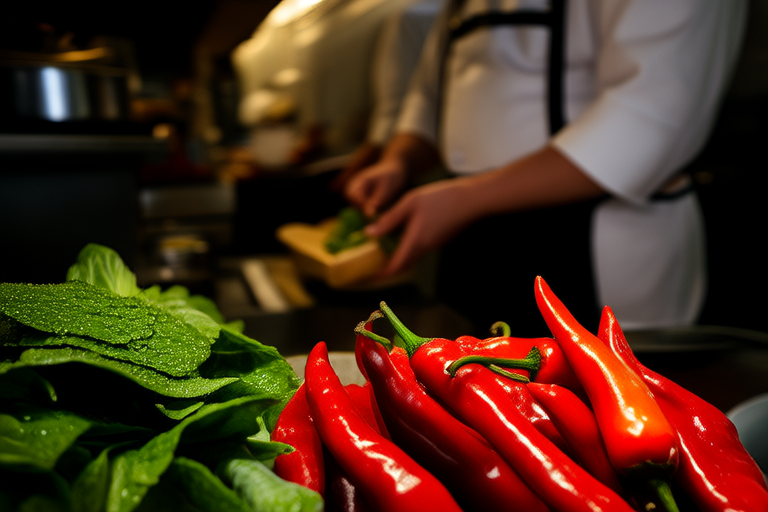From Market to Table: A Journey Through Gastronomic Wonders

“`html
From Market to Table: A Journey Through Gastronomic Wonders
Gastronomy is more than just the study of food; it’s a cultural journey that weaves together history, tradition, and the simple joy of nourishment. At the heart of this journey lies the local market, where the essence of regional cuisines is born. Fresh ingredients, sourced directly from the earth or sea, are transformed into authentic dishes that tell the story of a place. This article embarks on a culinary adventure, exploring the vibrant markets, regional specialties, and cultural significance of food across the globe.
The Market Experience
Imagine the hustle and bustle of La Boqueria in Barcelona, where stalls overflow with ripe fruits, fragrant herbs, and exotic spices. The air is filled with the heady aroma of sizzling paella and freshly baked bread. In contrast, Tsukiji in Tokyo offers a different sensory experience, with the sharp clang of metal on metal as fishmongers expertly slice tuna. These markets are not just places to buy food; they are living, breathing entities that reflect the soul of their communities.
Each market offers a unique array of ingredients, from the fiery peppers of Mexico to the delicate truffles of Italy. Local vendors, often multigenerational families, share stories about their wares, adding a personal touch to the shopping experience. Whether it’s the grandmother selling homemade jams or the young farmer bringing in the first harvest of the season, these interactions enrich the culinary landscape.
Regional Specialties
In Spain, the market plays a pivotal role in shaping the flavors of dishes like tapas and paella. The abundance of fresh seafood, olive oil, and garlic found in the markets ensures that each bite is bursting with flavor. Similarly, in Japan, the pristine sushi rice and impeccably fresh fish are hallmarks of the country’s culinary prowess. Each region boasts its own iconic dishes, such as the creamy risotto of Italy, the spicy curries of India, and the savory stews of Morocco.
Chefs and home cooks alike rely on the market for inspiration and ingredients. In Italy, for instance, the simplicity of a perfect tomato is celebrated in dishes like caprese salad and pasta sauce. In Thailand, the balance of sweet, sour, salty, and spicy is achieved through a careful selection of ingredients like lemongrass, galangal, and kaffir lime leaves.
Farm-to-Table Philosophy
The farm-to-table movement has gained momentum globally, emphasizing the direct relationship between farmers and consumers. This approach not only ensures the freshness and quality of ingredients but also promotes sustainability and environmental stewardship. Chefs like Dan Barber of Blue Hill at Stone Barns in New York have become leaders in this movement, focusing on seasonal menus that celebrate the local bounty.
By visiting local farms and building relationships with producers, chefs can offer diners a truly authentic experience. This philosophy extends beyond the restaurant to the home kitchen, encouraging everyone to embrace the joy of cooking with fresh, locally sourced ingredients.
Cultural Significance
Food is more than sustenance; it is a cornerstone of culture and tradition. Meals bring people together, fostering a sense of community and belonging. Festivals like Oktoberfest in Germany and La Tomatina in Spain showcase the joy of food in celebration. In many cultures, family gatherings revolve around shared meals, passing down recipes and stories from one generation to the next.
Food shapes identity and heritage, reflecting the history and values of a society. From the communal feasts of ancient Rome to the elaborate banquets of medieval Europe, food has always played a central role in social and political life. Today, food continues to bridge gaps and build connections, reminding us of our shared humanity.
“`